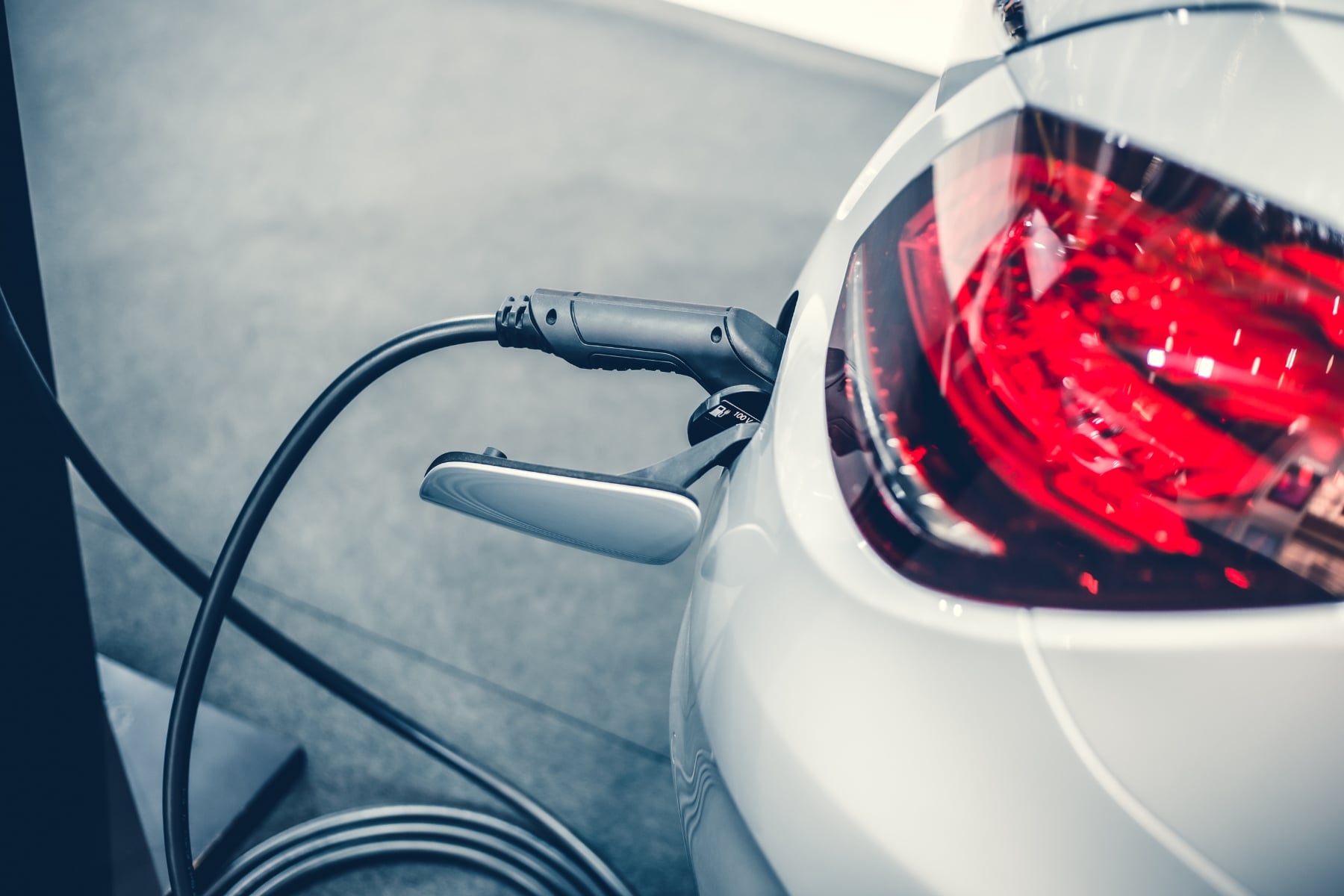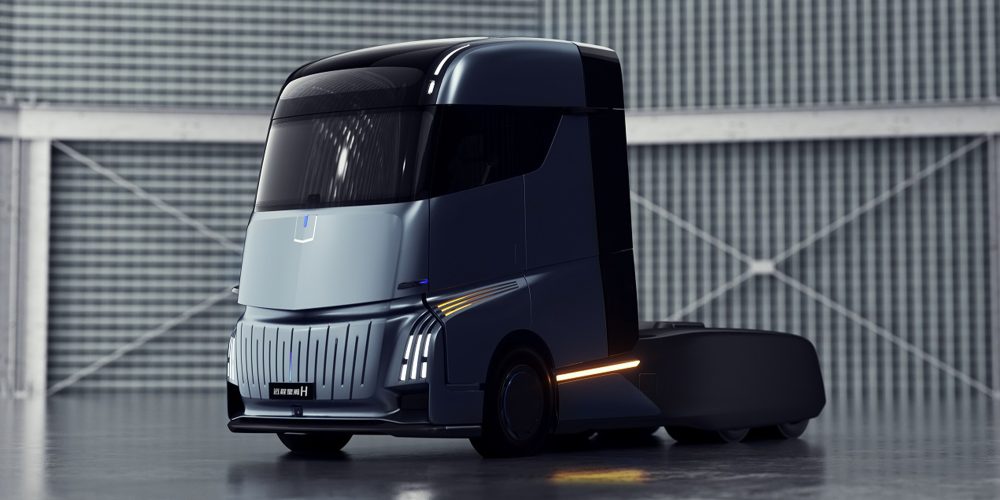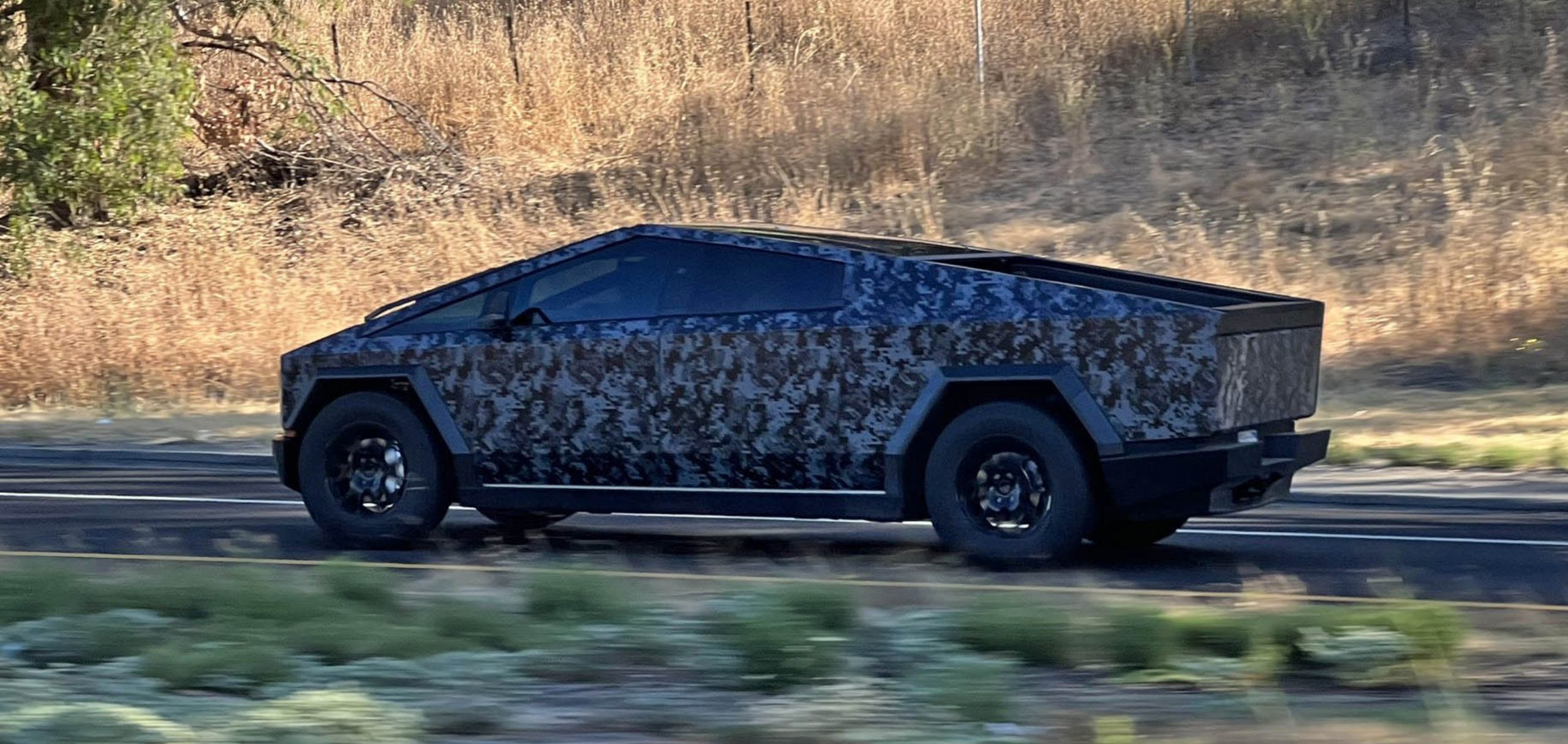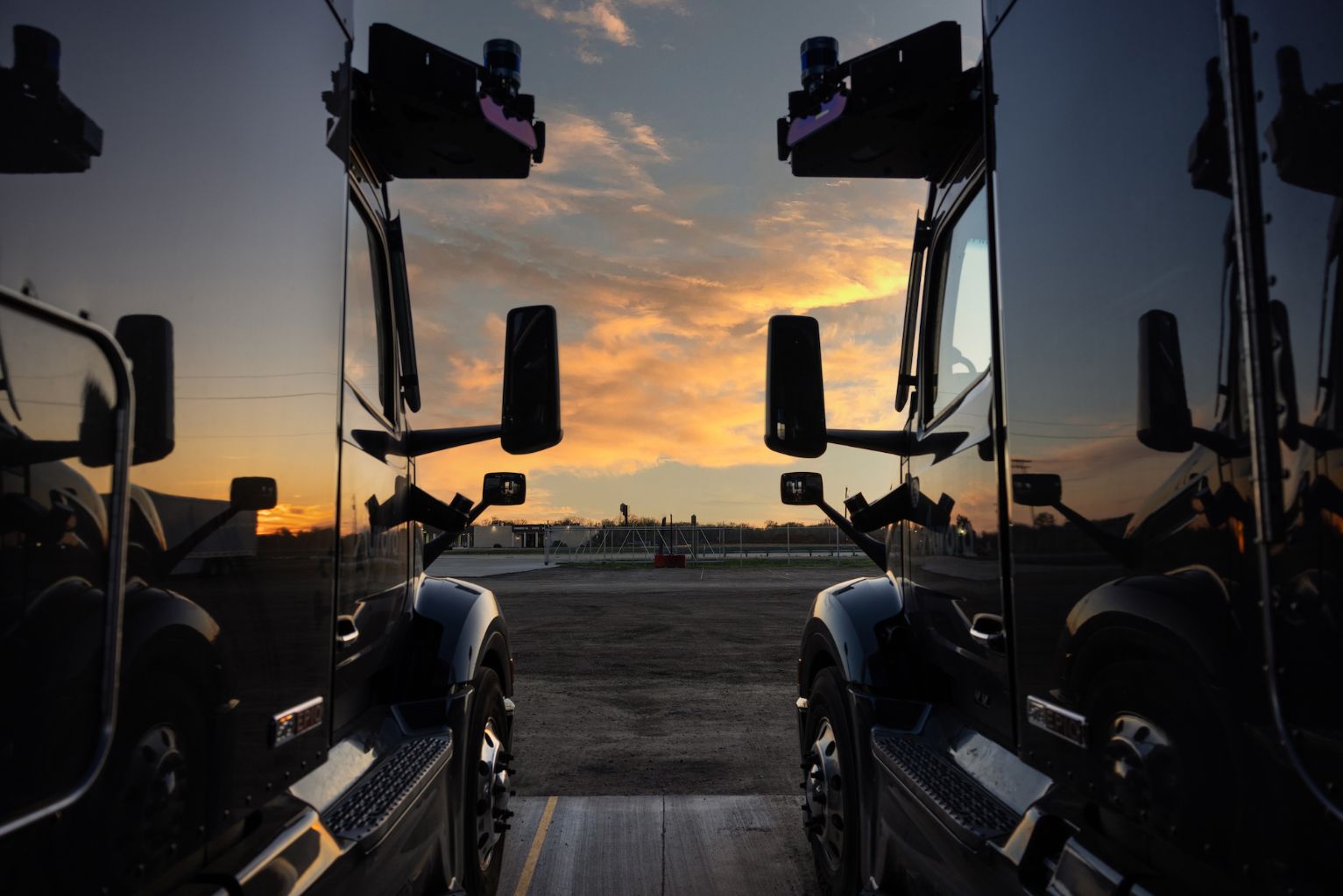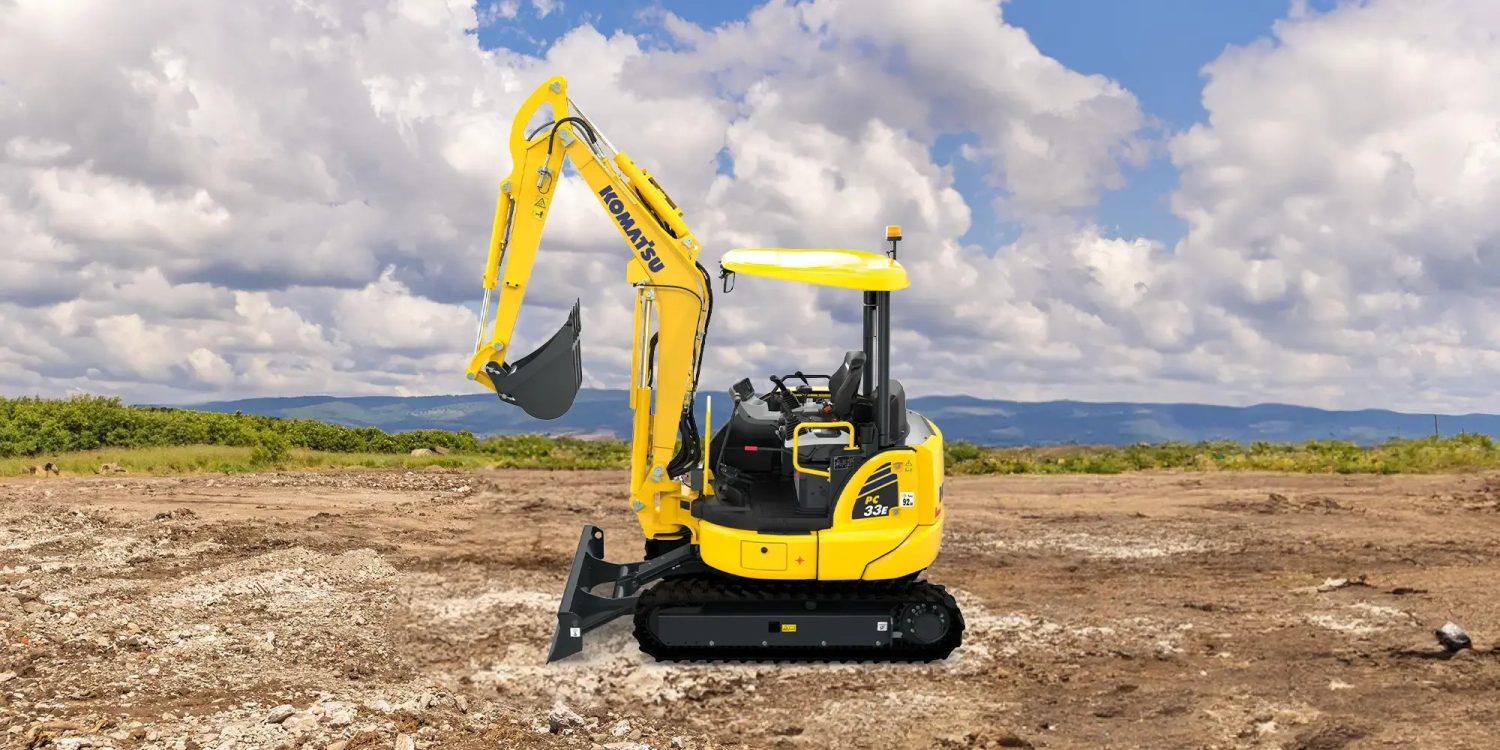In a recent federal report released on Wednesday, U.S. government agencies are striving to purchase 9,500 electric vehicles (EVs) in the 2023 budget year, a significant increase from the prior year. However, they are encountering obstacles due to supply issues and inflated costs.
The Government Accountability Office disclosed that 26 agencies with approved EV acquisition plans have projected a budget of over $470 million for vehicle purchases, in addition to almost $300 million for designing and installing necessary infrastructure and other expenses. The estimated cost of procuring these EVs is almost $200 million higher than acquiring the least expensive gasoline-powered vehicles. Notably, these agencies represent an overwhelming 99% of the federal vehicle fleet, excluding the U.S. Postal Service (USPS), which operates independently.
As the government endeavors to transition to EVs, concerns have arisen regarding potential limitations. One significant hurdle faced by agencies is the uncertainty of whether EVs will be able to fulfill all their requirements. The Transportation Department, for instance, originally aimed to order 430 zero-emission vehicles (ZEVs) for 2022. However, due to manufacturer cancellations, this number was scaled back to 292.
Moreover, Customs and Border Protection (CBP) officials have expressed doubts about the suitability of EVs for law enforcement operations, particularly in extreme environments like border regions.
This initiative comes as a response to President Joe Biden’s executive order in December 2021, instructing the government to cease purchasing gas-powered vehicles by 2035. The order also mandates that 100% of light-duty federal acquisitions be electric or plug-in hybrid vehicles (PHEV) by 2027. These guidelines apply to a fleet of 380,000 federal vehicles, with agencies purchasing around 45,000 vehicles annually. However, it’s important to note that the USPS is exempt from this mandate.
In the 12-month period ending on September 30, 2022, federal agencies showed significant progress in adopting EVs and PHEVs. These eco-friendly vehicles accounted for 12% of light-duty purchases, a considerable leap from 1% in 2021, with a total of 3,567 EVs and PHEVs acquired during that period. Despite the notable progress, the current supply chain challenges and cost disparities remain as obstacles in achieving the ambitious targets set by the government. The White House has yet to release an official statement on the matter.

